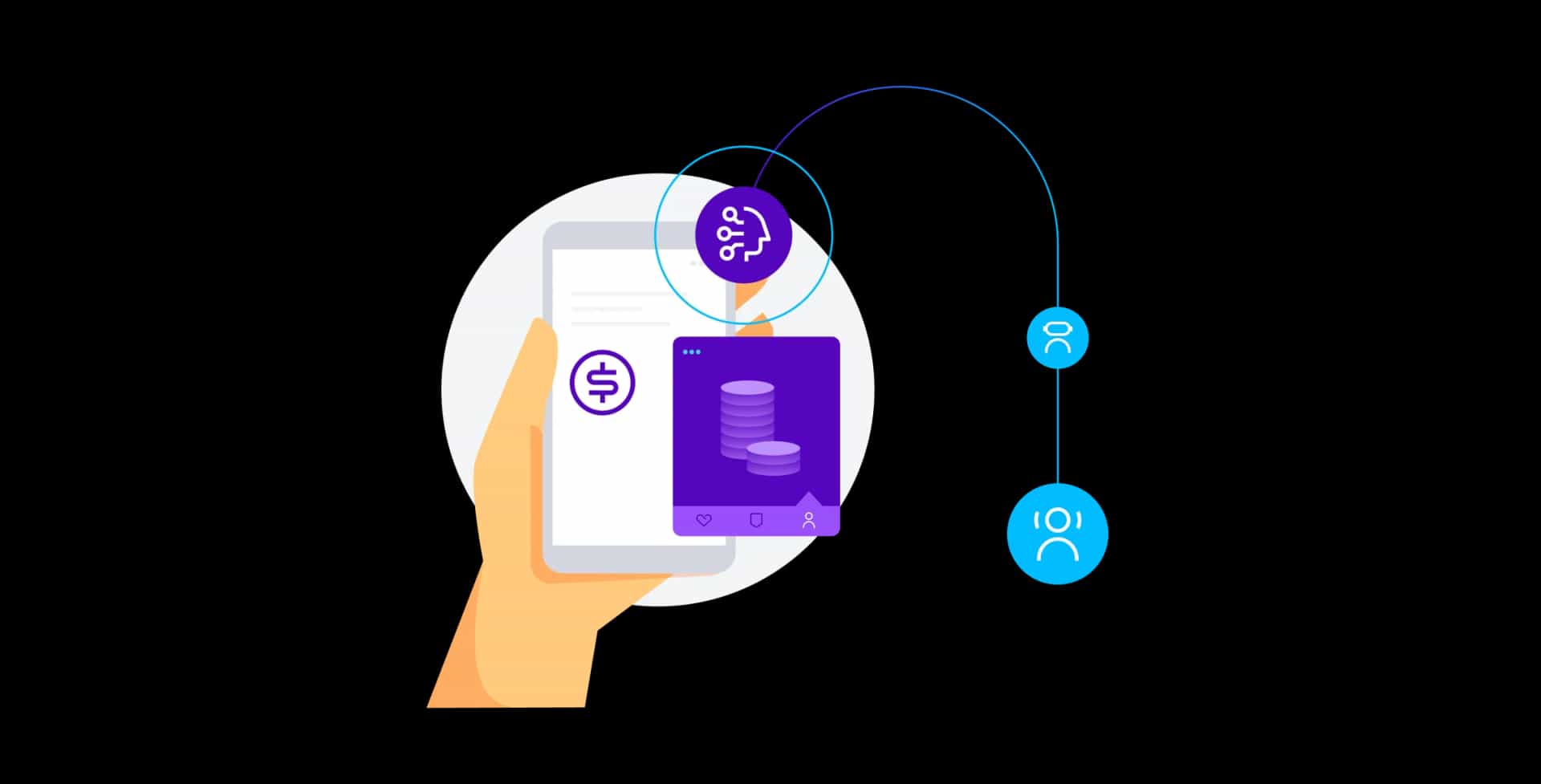5 key barriers to digital transformation in banking

By Rahul Kumar
0 min read

More than one-third (34.5%) of customer experience (CX) professionals at banks and credit unions say their organization is struggling with key digital transformation initiatives such as migrating CX technology systems to the cloud. This is one of the key findings of the Talkdesk 2024 CX in Banking Survey: An Industry Benchmark, which asked 200 CX professionals from banks and credit unions about the progress of their organizations toward delivering more personalized experiences with the help of AI.
The banking industry is going through a technology disruption, driven by digital transformation, which is enabling institutions to improve operations while delivering personalized service to their customers.
This article expands on the top 5 barriers to digital transformation in banking, as stated in the survey.

REPORT
Talkdesk 2024 CX in banking survey: An industry benchmark
Find out the impact of AI-powered CX technology on banking customer service operations, including the barriers to implementing a digital strategy.
1. Consolidating and using customer data.
One of the main goals of digital transformation in banking is to leverage customer data and advanced analytics to gain valuable insights to deliver personalized experiences. Consolidating and using customer data are crucial elements in shaping the future of banking, yet 62.5% of respondents say that challenges with consolidating and using customer data are the main barrier to digital transformation.
Integrated customer data allows banks and credit unions to have a single and comprehensive source of their customers’ financial behavior, preferences, and needs to analyze and enhance customer experiences. This enables them to personalize their offerings and provide tailored solutions that meet individual customer requirements, and build stronger relationships. For example, by analyzing transaction patterns and spending habits, banks can offer personalized recommendations for budgeting or investment opportunities.
Having a comprehensive view of customer data also enables banks to enhance risk management processes. Analyzing historical transactional data and identifying patterns or anomalies allows banks to detect potential fraud or suspicious activities promptly. This proactive strategy helps protect both customers and institutions from security threats and privacy breaches.
2. Integrating new technology with existing capabilities.
The second key barrier to digital transformation in the banking industry, voted by 51.5% of the survey respondents, is the integration of new technology with existing capabilities. As technological advancements happen at a rapid pace, banks are often slow at adapting and integrating these technologies, such as AI, into their technology stack.
The barriers to implementing AI solutions are similar across large and small organizations, with approximately two-thirds of respondents from small and large organizations indicating resistance to change (69% and 63%, respectively) and insufficient availability of talent to maintain it (64% and 61%, respectively) as the top two challenges. However, they’re crucial to overcome to stay competitive in a fast-moving market. For example, offering services like mobile banking apps, online account opening, and personalized financial advice through self-service AI-powered chatbots provides seamless and convenient access to banking resources.
The integration of new technology also enables banks to automate manual processes to increase operational efficiency, reduce costs, and drive revenue growth.
3. Collecting quality data.
Access to accurate and reliable information is crucial to any business, even more so to the banking industry, with 50% of respondents finding it a challenge. To stay competitive, banks need to leverage technology and analytics tools that can collect, analyze, and interpret vast amounts of data to gain valuable insights into customer preferences, identify trends, and develop tailored solutions that meet their customers’ needs.
High-quality data enables banks to mitigate risk and ensure clients are getting accurate information to make proactive financial decisions. Poor data can drive bad customer experiences, such as promoting wealth management products that don’t match customer needs or risk tolerances. Accurate data is also vital to meet regulatory scrutiny and avoid any potential fees or penalties.
4. Finding and retaining technical and IT staff.
The banking sector is going through an unprecedented wave of digital transformation and requires skilled IT professionals who are in scarce supply. A multi-skilled IT department is a must-have for a successful digital transformation strategy, to remain competitive, to be secure, and face the technological revolution.
Finding and retaining technical and IT staff is a challenge for 33.5% of respondents, and banks need skilled professionals who can navigate the complex technological landscape. They must offer opportunities for growth and development within the institution, as well as the opportunity to work on cutting-edge projects that will shape the future of banking.
No code and low code platforms have revolutionized IT, enabling them to achieve more with fewer resources. These tools serve as force multipliers, streamlining processes, reducing the time spent on routine tasks and allowing technology professionals to focus on high-level initiatives, accelerating innovation and driving business growth. No code and low code platforms also empower less experienced professionals to tackle complex problems that would traditionally require more extensive experience.
5. Finding the right technology solutions.
Banks need to adopt technology that can streamline processes, enhance customer experiences, and drive innovation; however, 30.5% of the survey respondents are struggling with it. The right technology solutions for their digital transformation initiatives must prioritize scalability, security, and integration capabilities.
Scalability ensures that the chosen solution can handle increasing volumes of transactions and users as the bank grows. Security is vital to protect sensitive customer data and guard against cyber threats. Integration capabilities enable seamless connectivity with existing systems and applications within the bank’s infrastructure.
Financial institutions should also consider technology solutions that are user-friendly and flexible. User-friendly interfaces, such as a single pane of glass workspace, ensure that employees can quickly adapt to new systems without extensive training or disruptions to daily operations. Flexibility allows banks and credit unions to customize and configure solutions according to their specific needs and preferences.
Furthermore, they should seek out vendors with a proven track record in the banking sector, and a technology solution that’s purpose-built to meet industry needs and brings value on day one.
Digital transformation in banking: Partnering for success.
There’s no going back on embracing digital transformation in banking. Customers now expect to have access to a broad range of digital features, and if they can’t find them at their financial institution, they will go elsewhere.
For a deeper dive into these and other barriers and to understand how your organization can navigate this changing landscape, access the full survey here.
The opportunity is massive for those institutions that embrace the implementation of these solutions. With the right technology partner, the journey to digital transformation doesn’t need to be treacherous or financially unsustainable. See how the Financial Services Experience Cloud™, a cloud contact center platform purpose-built for banking, accelerates productivity, profitability, and time-to-value.









